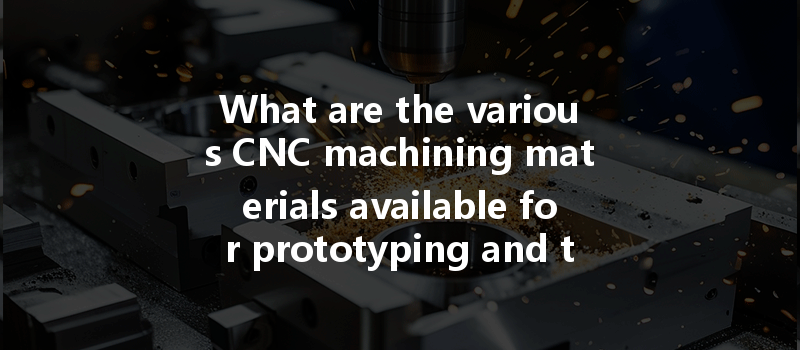Did you know that the global CNC (Computer Numerical Control) machining market is expected to reach approximately $114 billion by 2026? This provides a powerful insight into just how critical CNC technology is to modern manufacturing. It’s no wonder that manufacturers are continually exploring versatile options for CNC machining materials, especially for prototyping purposes, which is often the first step toward innovation and product development.
—
Understanding CNC Machining and Its Importance
CNC machining is a manufacturing process that uses computer-controlled devices to create parts from various materials. This intricate process enables high precision, consistency, and efficiency—making it crucial in industries like aerospace, automotive, medical devices, and more. Prototyping, specifically, facilitates the rapid development of designs, allowing businesses to test concepts, enhance functionalities, and create tangible products before mass production.
Prototyping is not merely about creating a model; it’s a critical phase in the product development cycle. The choice of materials for CNC machining during this stage can significantly impact the performance, functionality, and overall success of the final product. Understanding the available options enables engineers and designers to make informed decisions early in the development process.
—
Key Considerations in Choosing CNC Machining Materials for Prototyping
When selecting materials for CNC machining prototypes, several factors come into play, including:
With these considerations in mind, let’s delve into the most common materials used in CNC machining for prototyping:
—
Common CNC Machining Materials for Prototyping
Aluminum is one of the most widely used materials in CNC machining. Its advantages include:
Common aluminum alloys for CNC prototyping include 6061, 7075, and 2024, each offering variations in strength, weight, and corrosion resistance.
Stainless steel is known for its exceptional durability and corrosion resistance. Key benefits include:
Common stainless steel grades include 304, 316, and 17-4 PH, each providing different levels of corrosion resistance and strength.
Commonly used plastics in CNC machining include ABS, Nylon, and Polycarbonate. These materials are popular due to:

Each plastic has its specific applications; for example, Nylon is often used in wear-resistant parts due to its strength and flexibility.
Brass and copper are preferred for applications requiring excellent electrical conductivity. Their benefits include:
Titanium boasts an impressive strength-to-weight ratio, making it suitable for high-performance applications despite its higher cost. Key features include:
—
CNC Machining Process for Prototyping
Understanding the CNC machining process is essential for optimizing the prototype development phase:
—
Advances in CNC Machining Materials for Prototyping
Recent advancements in CNC machining technology have opened new doors regarding material options and capabilities:
—
Choosing the right materials for CNC machining prototypes is an essential factor that can determine the success of a product. The considerations span material properties, manufacturability, cost, and the intended application of the prototype. From aluminum alloys to advanced composites, the options are vast, making informed material selection crucial.
As industries evolve, so do the innovations in CNC machining technology and materials. These advancements not only push the boundaries of what is possible but also raise new considerations for product design and manufacturing.
Ultimately, understanding CNC machining materials and their applications is vital for engineers, designers, and manufacturers alike. By aligning material properties with design requirements, companies can ensure their prototypes serve as effective stepping stones to successful final products. This blog highlights just how pivotal material selection is for prototyping and its long-term impact on product development, serving as an essential knowledge resource for those involved in the manufacturing process.
By taking the time to consider your material choices carefully, you’ll pave the way for more efficient prototyping, enhanced product performance, and ultimately, a stronger competitive edge in the marketplace. The world of CNC machining is vast, and understanding its nuances is both beneficial and imperative for future innovations.






